Optimal Timing for Leak Detection
Leak detections are most effective when conducted during periods of minimal activity or when environmental conditions favor accurate readings. Early detection can prevent extensive damage and reduce water loss, making timing crucial for optimal results.
Spring and fall are ideal for leak detection due to moderate temperatures and stable environmental conditions, which improve detection accuracy.
Perform leak detection during dry weather to avoid false positives caused by rain or moisture interference.
Conduct leak detection before new construction or renovations to ensure existing systems are sound and to prevent future issues.
After repairs or system upgrades, leak detection verifies the integrity of the work and confirms no leaks remain.
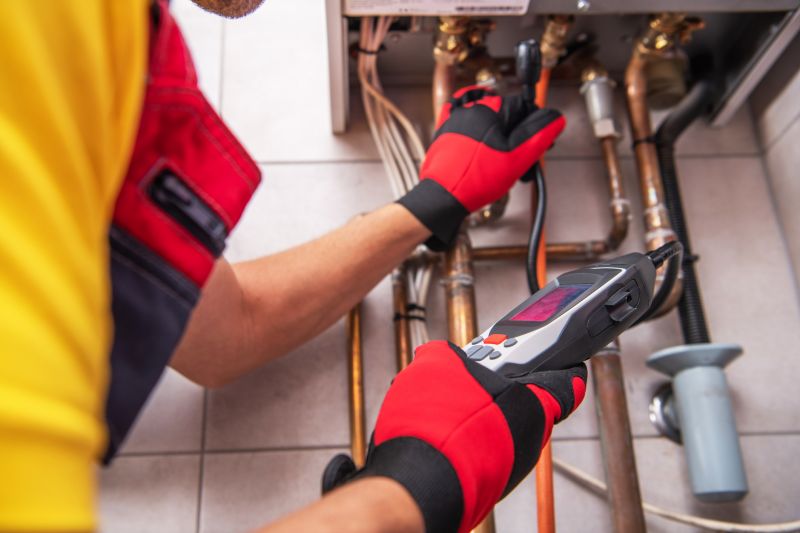
Advanced tools like acoustic sensors and thermal imaging enhance detection accuracy.

Nighttime or early mornings often provide clearer conditions for leak detection.
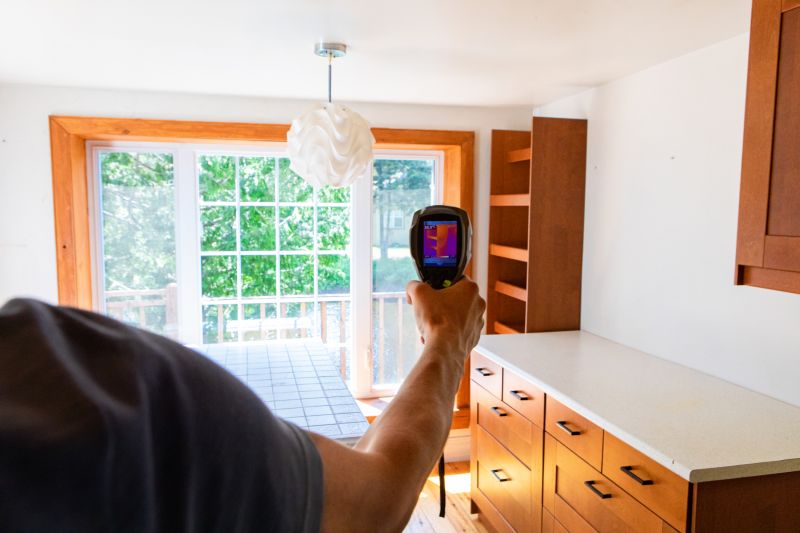
Temperature fluctuations can impact detection methods and should be considered when scheduling inspections.

Ways to make Leak Detections work in tight or awkward layouts.
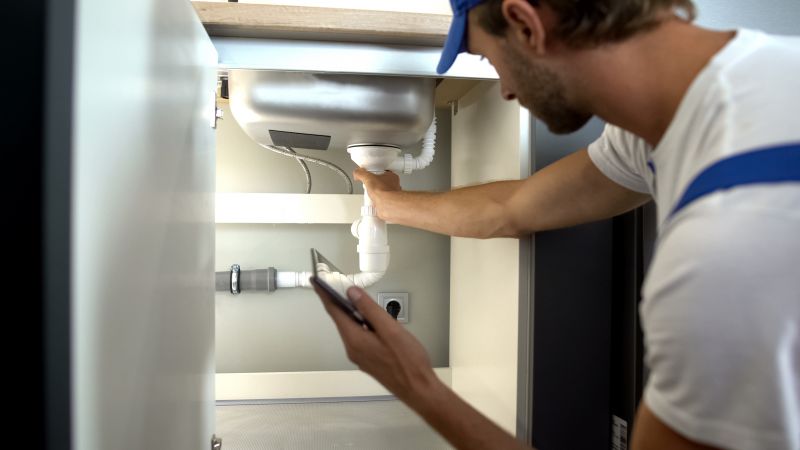
Popular materials for Leak Detections and why they hold up over time.
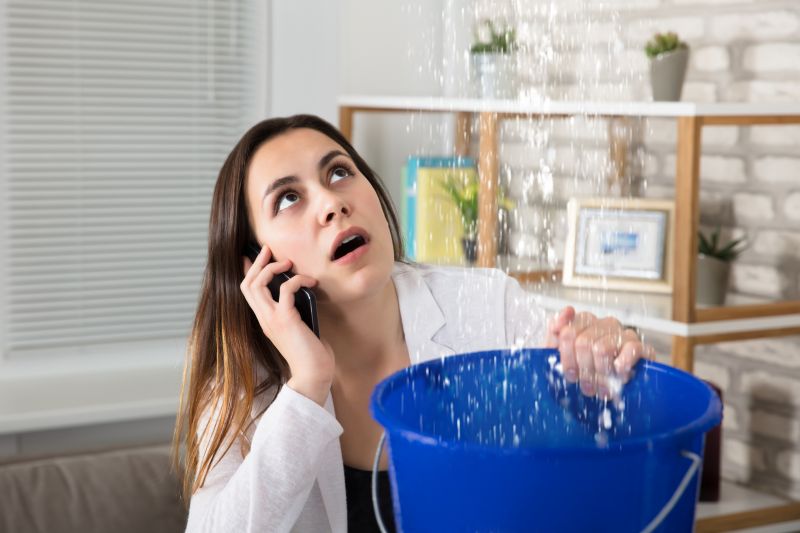
Simple add-ons that improve Leak Detections without blowing the budget.
| Timing Factors | Impact on Leak Detection |
|---|---|
| Seasonal Climate | Moderate temperatures improve sensor performance. |
| Weather Conditions | Dry days reduce false readings. |
| System Usage | Low water demand periods enhance detection accuracy. |
| Post-Repair | Verification ensures leak fixes are effective. |
| Pre-Construction | Early detection prevents future damage. |
| Off-Peak Hours | Nighttime offers quieter conditions for testing. |
Leak detection is a critical process for maintaining system integrity and preventing water loss. The effectiveness of leak detection methods depends heavily on timing, environmental conditions, and system activity levels. Utilizing advanced detection technologies during optimal periods can significantly improve accuracy and early identification of leaks.

Thermal cameras detect temperature variations caused by leaking water.

Sound sensors identify leak noises within pipes.
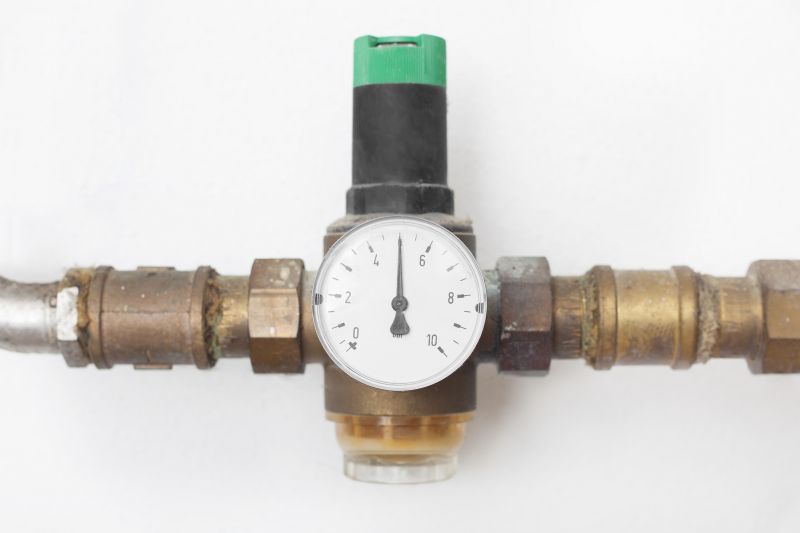
Changes in pressure can indicate hidden leaks.

Infrared and dye tests assist in locating leaks visually.
Scheduling leak detection during optimal conditions ensures more reliable results and reduces the likelihood of missed leaks. Regular inspections, especially during recommended periods, help maintain system performance and prevent costly damages.
Interested in leak detection services? Filling out the contact form can provide more information and schedule an inspection tailored to specific needs.



